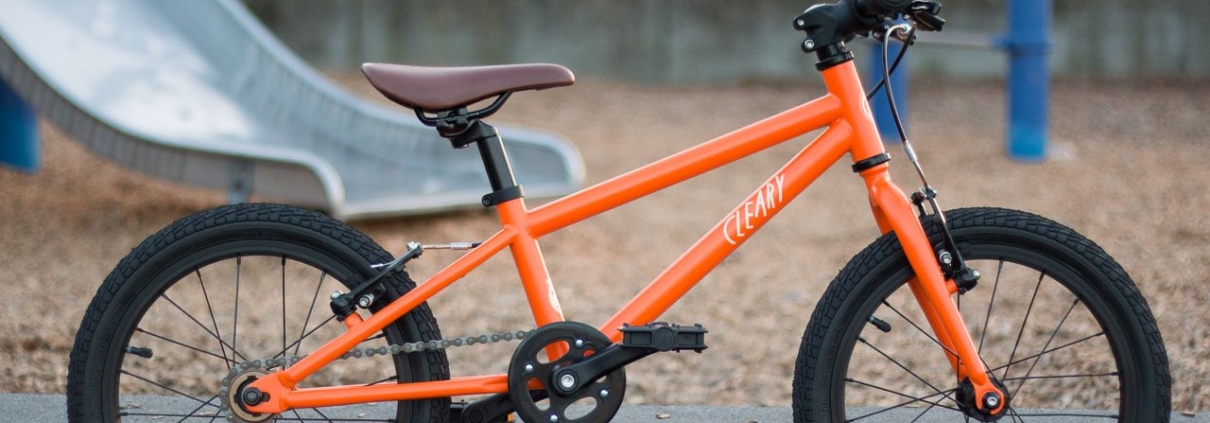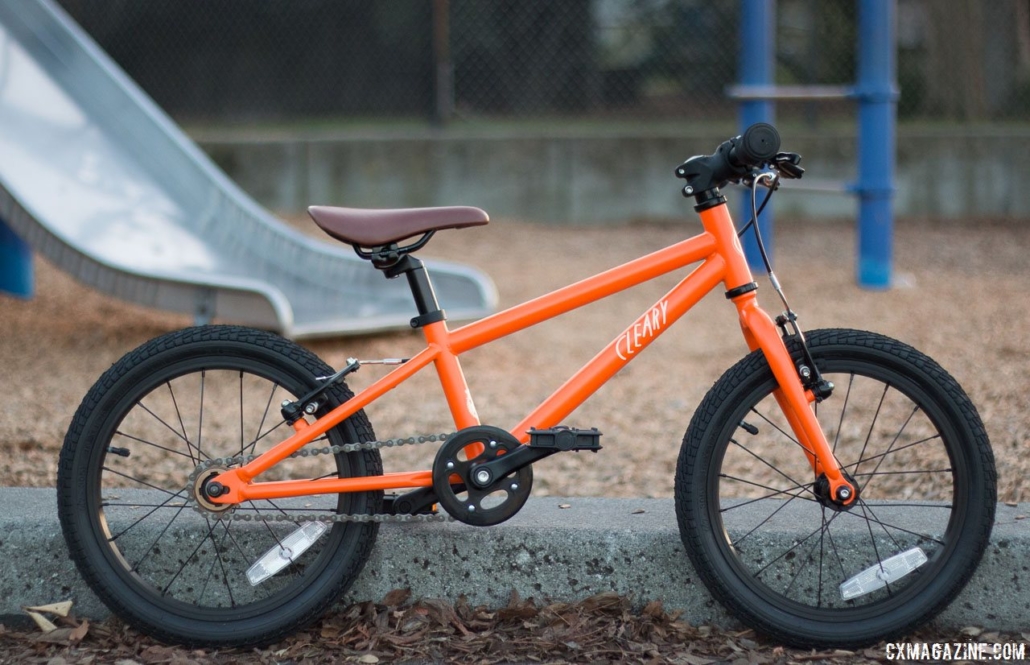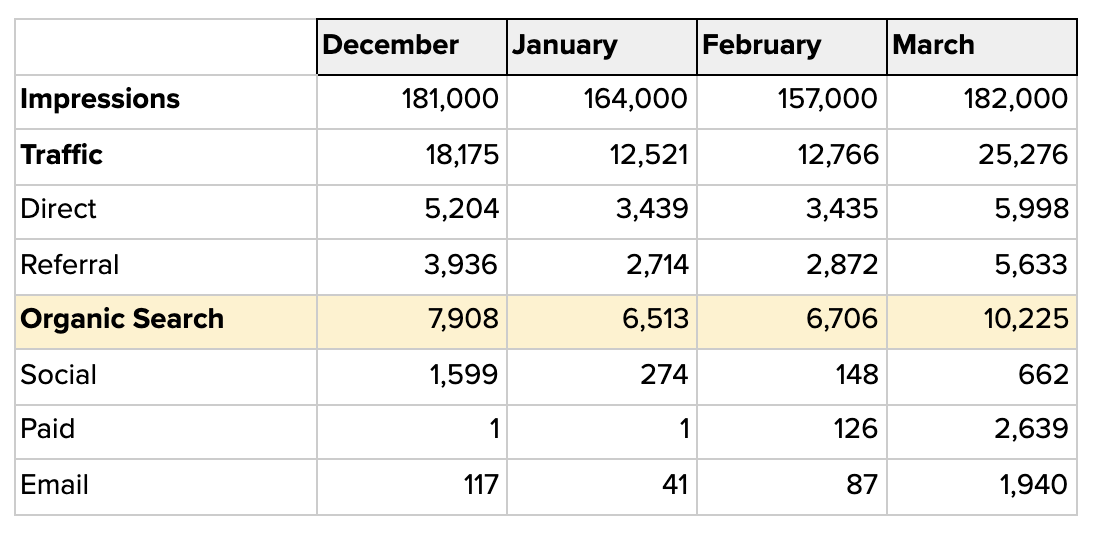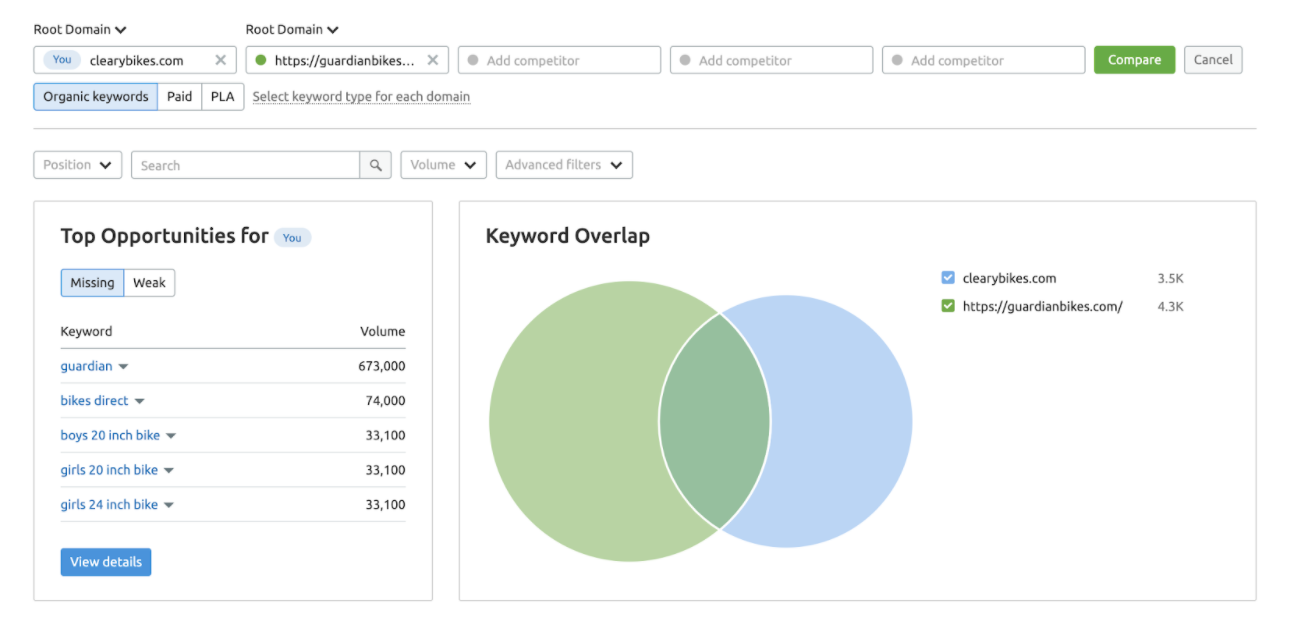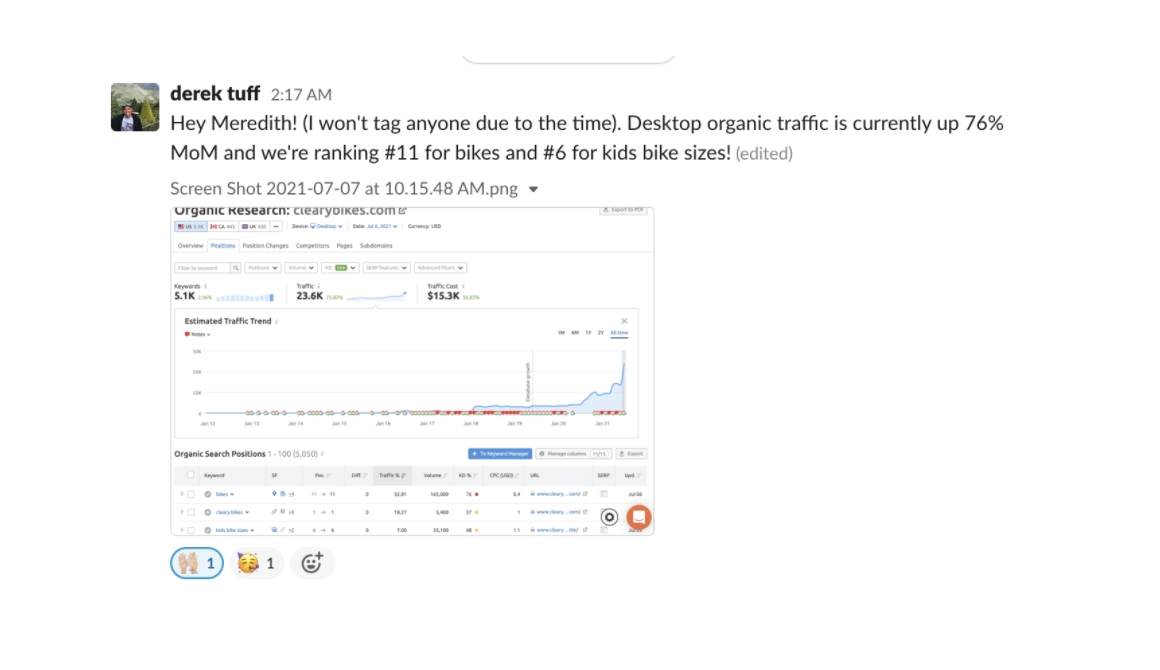“Bikes:” How We Helped Cleary Rank on Page 1 And Snag a Slice of the 135k Monthly Search Volume
Cleary Bikes is not just any kids bike brand. The company—based out of Oakland, CA—makes among the highest-quality kids bikes out there. Their philosophy: instead of giving your kid training wheels and a rickety frame as they’re taking their first pedal strokes on their own, give them a sized-down experience of what it’s really like to be on trail, in the air, or at the park. That way, they’ll be building real, transferable skills from the get-go. It’s a perspective that resonates. That’s among the reasons that, when we first met the folks at Cleary, we learned their organic revenue was already booming!
The health of their organic traffic was one of the reasons we were eager to partner with them. We knew that continuing to put in the work to improve Google search results while layering on other acquisition channles would help us build a holistic, long-term, and scalable path to growth.
When we look at partnering with a brand at Tuff, really any brand, but especially eCommerce, we examine their current traction to help us understand how we plan to craft our Growth Marketing Strategy to help them reach their goals.
For Cleary, our minds were blown (literally), when we saw that organic revenue was the largest sector of their overall revenue d2c eCommerce makeup.
Here’s how their traffic looked prior to April when we started our partnership:
Of their organic traffic, a large percentage of it converted due to Cleary’s success in showcasing the benefits of their bikes, the high quality of their messaging, and the overall praise from their customer base.
From a growth perspective, we could see that a great formula for growing Cleary’s revenue would be to increase the volume of quality organic traffic to the site.
This step by step guide lays out how we were able to develop an SEO Growth Content Strategy to increase Cleary’s organic traffic by getting them to rank on page one on Google for keywords specific to their business.
Step 1: Lay The Technical SEO Content Foundation
No matter what you’re selling – SaaS, physical products, or a service – having the correct Technical SEO foundation for your performance content to work from is the most important thing you can do.
With Cleary, they happened to be in the middle of a website overhaul so making some of our big changes was a no-brainer for their website and easy to implement.
Step one was identifying tactics and updates we could implement to help us earn a website health score over 90%. A high health score helps our performance content rank faster and more efficiently. To get to the bottom of what was keeping us from better site heath, we first needed to run a SEO site audit.
The results of this audit showed us what to change and included information about page errors, broken links, and more. The site audit also shows us how to fix those errors.
In addition to the website audit solutions, we also provided Cleary with information about how best to migrate their website.
Our biggest fear with their website migration and with any website migration is that we’ll lose our organic traction and need to rebuild from square one. This is not a great scenario to confront, so the only way to keep that from happening was to make sure the website migration process was accompanied by a strong SEO perspective.
Here are some of the suggestions we made:
- Setting up redirects on the server side for product pages, collections, etc.
- Switching to WP Engine servers.
- Using a third party migration tool like Cart2Cart
The final suggestions we made addressed Cleary’s product page descriptions and collection page descriptions. We noticed that most of Cleary’s rankings were coming from their home page. To help diversify the high-ranking pages as well as lead high-intent users further into the funnel, we worked with their team to develop SEO-focused copy for the mentioned page descriptions.
Step 2: Develop A Strategic Content Strategy
As the decade-old saying goes “Content is King!”
Yes that’s true, but not if the content itself is total garbage 💩.
To develop an informed content strategy, it’s imperative to do some research. A great place to start is to first run a keyword gap audit against your brand’s competitors. Here’s the one we did for Cleary to show us where we were weak against their competitor Guardian Bikes.
As you can see in the above “Missing” category, Cleary didn’t have any ranking keywords (KWs) related to bike sizing. Therefore, we determined that our first piece of content needed to be related to sizing.
Step 3: Produce Content, Publish, Repeat
This first piece of content wasn’t just a normal article, instead, we created a main hub page, which we called Kids Bike Sizing Guide. This is designed to be a sort of center around which all of our following sizing content could sit. This clustered approach—essentially similar to a whike wheel hub and its spokes—helps communicate to search engine algorithms that Cleary truly is an expert in this topic and therefore should appear at the top of search results.
Leveraging this one hub page, we were able to help Cleary rank for multiple KWs related to kids bike sizing, which tied back into the data we saw in our Competitor Keyword Gap Analysis. Examples of our focus KWs for this hub page were: kids bike sizing guide, bike size guide, bike wheel size chart, bike size chart.
Once we had our hub page developed we began developing auxiliary content pages that were related to our hub page and would help us boost its ranking through internal linking.
Examples of these auxiliary content pages included a “Bike For X-Year Old Series” that featured more than four content pieces related to kids bike sizes that we could use to support our hub page.
From there, we were in a great position to begin supporting our other hub pages like our product and collection pages using high volume KWs related to Cleary’s industry, missing and weak topics (from Keyword Gap Analysis), and full-funnel strategy content.
Step 4: Improve Google Search Results
Within 60 days, we started to see encouraging results with our Growth Content Strategy for Cleary.
Step 5: Keep Repeating The Formula
Just because you land on page one for specific terms doesn’t mean you’ll stay on it forever. Similarly, if you haven’t gotten onto page one for a specific KW, that doesn’t mean you won’t.
Growth content is a long-term solution, not a quick fix, but you’ll see key indicators of growth like higher search rankings and new traffic within 30-60 days of publishing in most cases. Typically, within four to five months you should see significant traction toward your goals.
Excited about growing your organic traffic but not quite sure where to start? We’ve got your back. Let’s talk about how to level up your site traffic and land you on page one.
